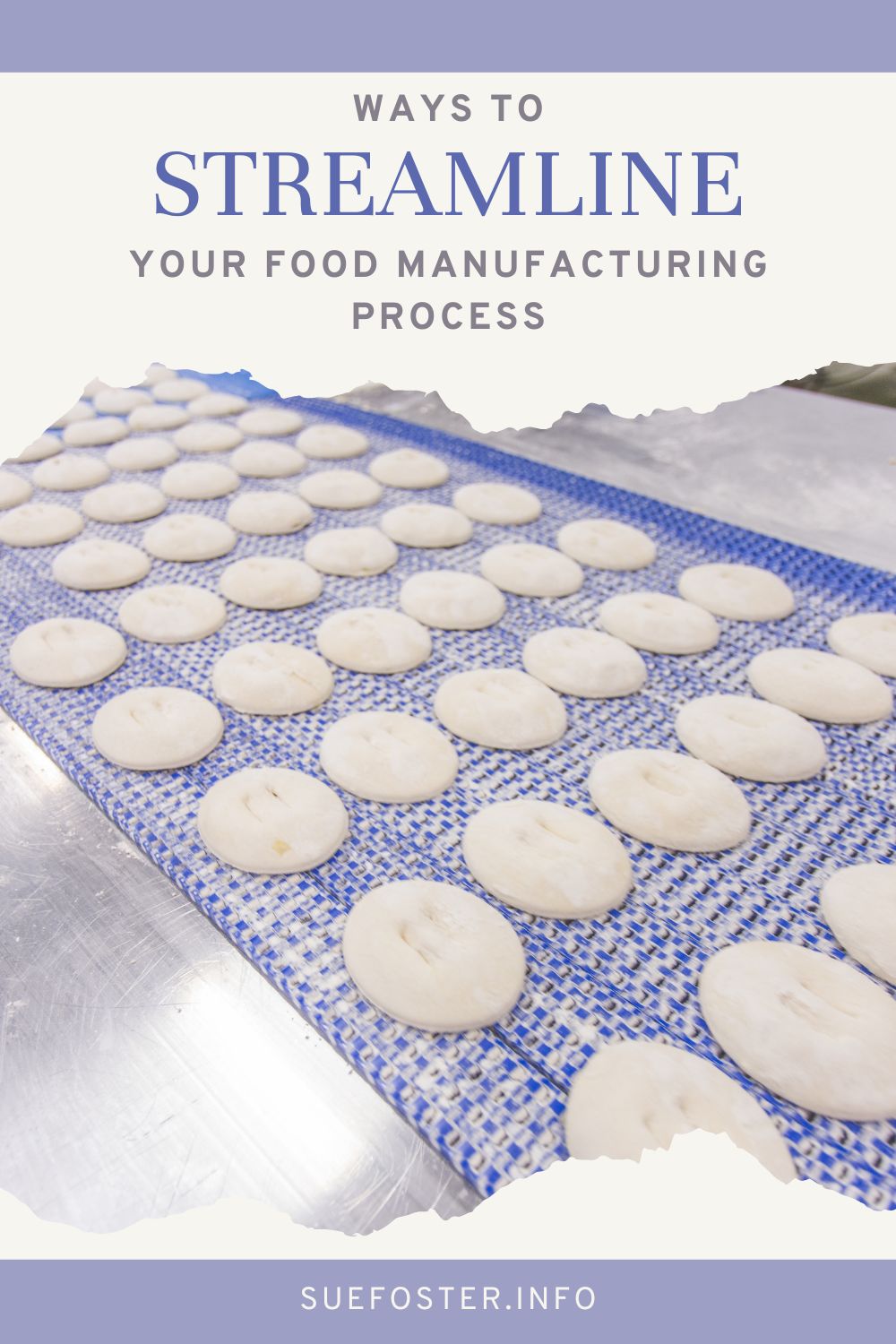Having a food manufacturing operation has immense potential for success. With the capacity to create products and ingredients tailored to the specifics of individual consumers, businesses in this space have an opportunity to truly dominate their respective markets.
Added advantages include time and cost savings and the potential for capitalizing on new trends and demands. Not only is this sector ideal for expanding current offerings and seeking out new ventures, but by controlling how production processes are safeguarded and performed, companies can ensure items produced will always remain fresh and reliable – qualities customers across all industries value highly.
And with the ever-increasing demand for food products, streamlining your food manufacturing process has become increasingly essential. But without an efficient system, you may lose valuable time and money. If you’re looking to increase your efficiency and maximize profits, here are a few ways to streamline your food manufacturing process:

Utilize data tracking systems
Monitoring production data can give you insight into how well your processes are running. Data tracking systems allow for real-time monitoring of production processes which can help identify areas that need improvement or optimization. Using these systems, you can find ways to make your production process more efficient and reduce unnecessary costs associated with slowdowns or inefficient procedures.
Additionally, data-driven insights can help predict future changes in demand or market trends that may affect your production. This information can be used to plan and optimize your processes accordingly, ensuring you’re always up to date with the most recent developments in the industry.
Invest in high-tech equipment
Investing in high-tech equipment can save you time and money in the long run. Automation is vital when it comes to streamlining processes and reducing labour costs. Furthermore, machines require less maintenance than manual labour, thus, saving you both time and money in the future.
For example, investing in cobot solutions for packing and palletizing can reduce labour costs and increase accuracy. Furthermore, these robots are easy to program and maintain – meaning you won’t spend precious time troubleshooting or repairing the machines. They can also be easily updated and adapted to your new production needs.
Outsource certain operations
Outsourcing certain parts of the production process can save you a tremendous amount of time and money and give you access to higher-quality materials or services than if you were to do it all yourself. However, choosing a reputable supplier who will provide reliable products or services at competitive prices is important. Otherwise, it could end up costing you more than if you had done everything yourself.
To ensure you’re choosing the right suppliers, be sure to do your research and ask for references or samples of their previous work. Additionally, you should create a contract that outlines each party’s responsibilities in order to protect the relationship between both sides.
Establish standardized procedures
Establishing standard operating procedures (SOPs) is an essential step when streamlining any business process – including food manufacturing processes! SOPs ensure that everyone within the organization follows the same set of guidelines so that tasks are completed quickly and efficiently with minimal errors or mistakes being made along the way. This also helps maintain quality control standards throughout all stages of production, which reduces costs associated with rework or product recalls due to errors in quality control practices being overlooked during the production process.
Additionally, having established SOPs makes it much easier for new employees to quickly learn and understand production processes. This not only saves time but money as well since you won’t have to spend as much time training new hires or keeping existing staff up-to-date on changes in the process.
Utilize predictive analytics software
Predictive analytics software can help you identify potential problems before they occur. By utilizing data to analyze trends and forecast future demand, you can make more informed decisions about production processes to maximize efficiency and profitability.
These systems also provide greater visibility into operational performance by highlighting areas that need improvement or optimization – allowing you to make adjustments quickly and maximize performance. Furthermore, you can use predictive analytics to anticipate changes in the market and be better prepared for any shifts in demand or preferences so that your production processes are always running as efficiently as possible.
By utilizing the tips provided in this blog, you can streamline your food manufacturing process and increase efficiency. Utilizing data tracking systems, investing in high-tech equipment, outsourcing certain operations, establishing standardized procedures, and using predictive analytics software are great ways to ensure your production processes run smoothly and efficiently.
Taking these steps will not only help reduce costs associated with labour or rework but also give you greater visibility into operational performance – allowing you to make more informed decisions about production processes while maximizing profitability. With a streamlined system in place, businesses within this sector have an opportunity to truly dominate their respective markets!


